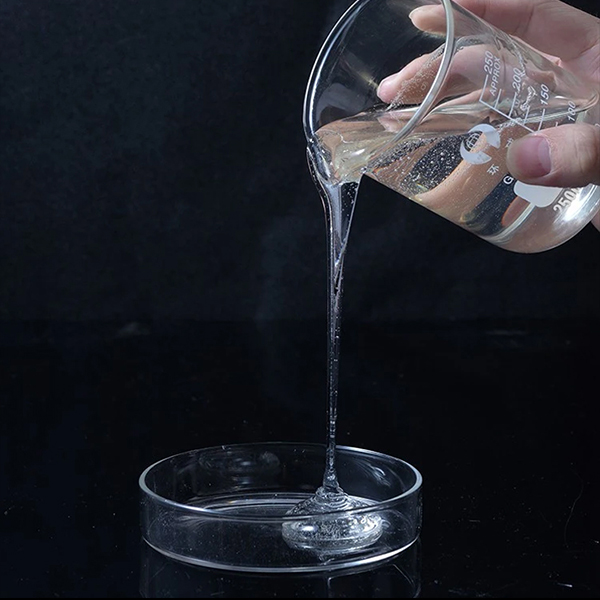Hydroxypropyl Methyl Cellulose (HPMC) A Versatile Chemical Compound
Hydroxypropyl Methyl Cellulose (HPMC) is a non-ionic, water-soluble polymer derived from cellulose, which is a natural polymer sourced from plant cell walls. As a derivative of cellulose, HPMC possesses a range of valuable properties that make it a highly versatile compound in various industries, including pharmaceuticals, food, construction, and cosmetics.
Chemical Structure and Properties
The chemical structure of HPMC involves the substitution of hydroxyl groups in cellulose with hydroxypropyl and methyl groups. This modification enhances its solubility in water and increases its thermal stability. HPMC is available in various viscosity grades, which can be tailored to specific applications by controlling the degree of substitution and polymerization. Its ability to form gels and films is also a critical attribute that makes HPMC desirable for numerous formulations.
One of the defining features of HPMC is its emulsifying properties, making it an effective stabilizer in emulsions and suspensions. Additionally, HPMC exhibits excellent water retention properties, which is beneficial in various applications that require moisture retention, such as in cosmetics and personal care products.
Applications in Pharmaceuticals
In the pharmaceutical industry, HPMC is widely used as a drug delivery agent and excipient. Due to its ability to form gels, it is an essential component in controlled-release formulations, enabling the sustained release of active pharmaceutical ingredients (APIs) over extended periods. HPMC is also used in the production of tablets and capsules, where it acts as a binder and gives mechanical strength to the dosage forms.
Moreover, HPMC is essential in the preparation of ophthalmic solutions and topical gels. Its mucoadhesive properties improve the residence time of the drug at the application site, enhancing therapeutic efficacy. The use of HPMC in pharmaceutical formulations is well-documented, and it is generally regarded as safe for use in drug products.
chemical hpmc hydroxypropyl methyl cellulose

Role in Food Industry
In the food industry, HPMC serves various functions. It is commonly used as a thickening agent, emulsifier, and stabilizer in sauces, dressings, and bakery products. Its water-retaining properties help improve the moisture content of food products, enhancing their texture and shelf life. Additionally, HPMC is vegan-friendly, making it a popular choice for vegetarian and vegan food products that require binding and thickening agents.
Contribution to Construction and Cosmetics
HPMC is extensively utilized in construction, mainly in the production of cement and gypsum-based products. It acts as a thickener and enhances the workability of mortars and plasters. Its water retention capacity also prevents the rapid drying of these mixtures, allowing for better adhesion and finishing.
In the cosmetics and personal care industry, HPMC is used in formulating creams, lotions, and shampoos. It serves as a thickening agent and stabilizer, helping to create smooth, uniform products. Its non-toxic nature and skin-friendly properties make it suitable for a wide range of cosmetic applications.
Conclusion
Hydroxypropyl Methyl Cellulose (HPMC) is a multifaceted compound that offers a plethora of benefits across various industries. From its critical role in pharmaceuticals as a drug delivery agent to its applications in the food, cosmetics, and construction sectors, HPMC stands out due to its unique properties and versatility. As industries continue to innovate and evolve, the demand for HPMC is expected to grow, solidifying its place as an essential ingredient in numerous formulations and products. Its ability to meet consumer needs while adhering to safety and regulatory standards makes HPMC a valuable asset in modern formulations.
-
Premium Detergent Grade HPMC Hydroxypropyl Methylcellulose: Superior Thickening & StabilityNewsAug.31,2025
-
HEC 100000 Hydroxyethylcellulose for Paint | Superior ThickeningNewsAug.30,2025
-
Wall Putty Rdp Powder Packaging DesignNewsAug.29,2025
-
Introduction to Hpmc Hydroxypropyl Methyl CellulosNewsAug.29,2025
-
Hpmc Industri Grade IntegrationNewsAug.29,2025
-
How to Choose the Right Construction AdhesiveNewsAug.29,2025




